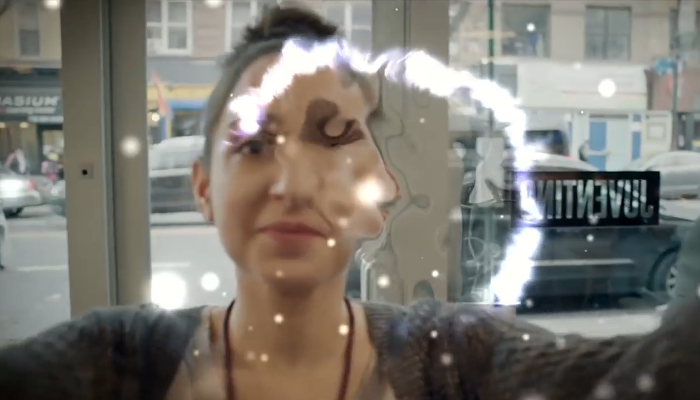
“You’re gonna have to drive,” I said as I pulled the car to the curb and stopped.
“Again?” my friend asked.
He took the wheel, as he’d done many times before, while I reclined into the passenger seat with my eyes closed.
![]()
There are always at least two stories: the one being told and the one being heard. No matter how great your communications skills, the odds are that some gap will always exist between the information that you’re conveying and the meaning that’s subsequently assembled inside your listener’s head.
Over the years I’ve become familiar with a particular type of meaning gap. You see, I suffer from migraine headaches. At times, the symptoms are debilitating, requiring those around me to accommodate my peculiar requests–like taking over my driving responsibilities. And while most people are very accommodating the first time, their patience wears thin after I’ve altered their plans for the third, fourth, or fifth time. And with each new episode, the migraine meaning gap widens to a point where I’m frequently chastised. “It’s just a headache, Ron. Cowboy up.”
I can’t blame them. It’s unfair to expect someone to understand migraine symptoms when their only reference point is a common headache. It’s human nature. Until a non-sufferer can experience a migraine from a sufferer’s point of view, the migraine meaning gap will continue to expand.
Lucky for me and millions of other migraine sufferers, that day has finally arrived!
Excedrin® has single-handedly closed the migraine meaning gap through an augmented reality (AR) application that presents non-sufferers with a first-person view of a migraine. The Migraine Experience consists of a series of videos that captures the exact moment when the migraine meaning gap slams shut.
For example, before donning the AR glasses, Tiffany’s best friend expresses her annoyance with migraine headaches–complete with judgmental air-quotes around the word migraine.
“Oh my God! Oh my God,” she says during and after the experience. She looks at her best friend with a new sense of appreciation (and maybe a little guilt). “I don’t understand how you can function. I understand what you go through now.”
In another video, Jessica’s boyfriend tries to navigate around a kitchen. “Oh, wow! Okay,” he says, reaching for a chair to maintain his balance. No longer able to endure the simulation, he ends it abruptly. “I gotta stop that,” he says while pulling the AR device from his face. “I’m sorry that I ever doubted you.”
Emily’s co-worker describes what she sees through the glasses. “It feels like I’ve taken a ride on a roller coaster.”
When it’s over, her eyes roll uncontrollably in their sockets as she reorients herself to normal vision. Emily is there to comfort her. “Are you okay?” the sufferer asks the newly educated non-sufferer.
“That’s crazy,” she says. “I just didn’t know that it was this intense.”
Great stories convey meaning. They allow listeners to experience ideas in terms that they understand. The Migraine Experience AR App allows people to walk in the shoes of others– a process that unleashes the most powerful communications force in the world: empathy.
Congrats to Excedrin® for a great example of business storytelling.
Note: Excedrin® has released The Migraine Experience as a Google Cardboard Augmented Reality app. The next time someone tells me to “Cowboy up,” I’m gonna strap it onto their heads. 🙂